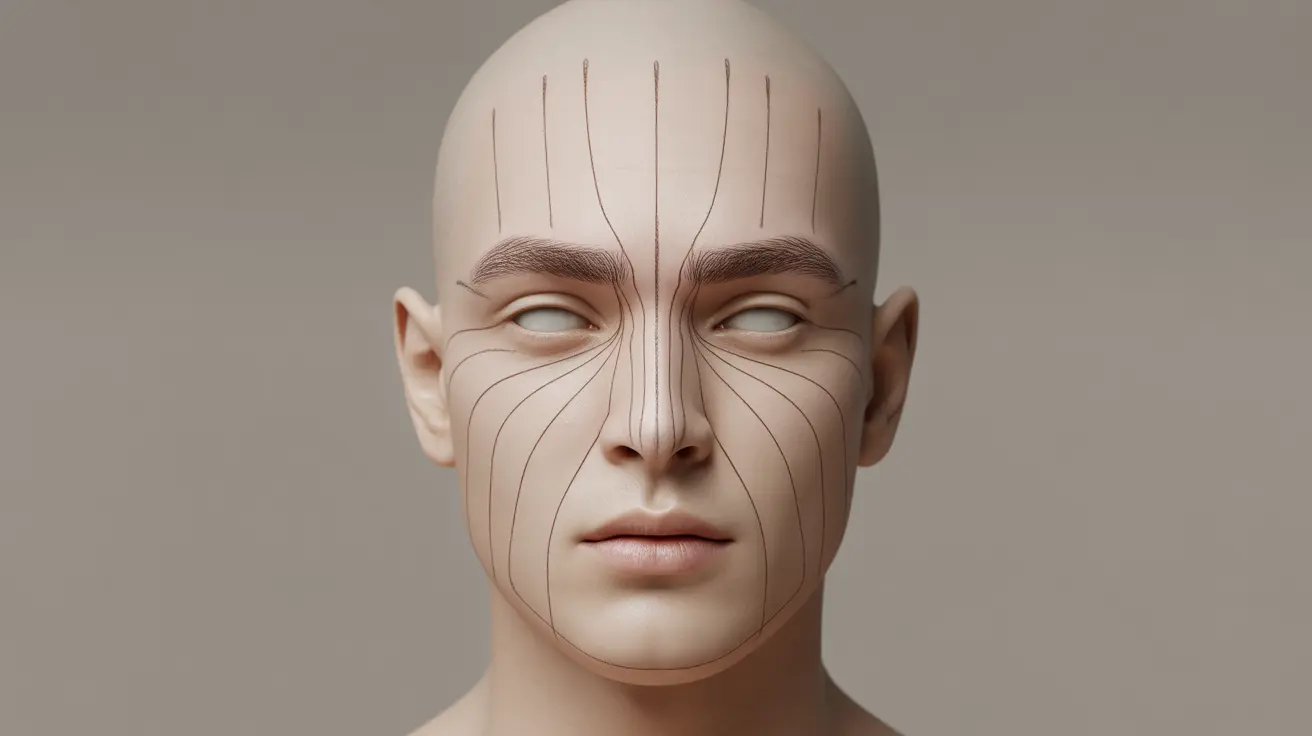Having uneven eyebrows is a common concern that affects many people, whether due to natural asymmetry, grooming habits, or underlying health conditions. Understanding the causes and available solutions can help you address this aesthetic concern effectively while ensuring any potential medical issues are properly identified.
While some degree of facial asymmetry is perfectly normal and even adds character to your appearance, significant eyebrow unevenness might warrant attention, especially if it develops suddenly or is accompanied by other symptoms.
Common Causes of Uneven Eyebrows
Several factors can contribute to eyebrow asymmetry:
- Natural facial asymmetry
- Overplucking or uneven grooming
- Muscle weakness or nerve issues
- Previous injuries or scarring
- Aging-related changes
- Medical conditions affecting facial muscles
Natural Asymmetry vs. Medical Concerns
Most cases of uneven eyebrows are cosmetic and completely normal. However, certain signs may indicate an underlying health issue:
- Sudden onset of asymmetry
- Accompanied by facial drooping
- Muscle weakness on one side
- Changes in vision or headaches
- Difficulty moving other facial muscles
Assessing Eyebrow Symmetry
To evaluate your eyebrow symmetry at home, follow these steps:
- Face a well-lit mirror straight on
- Take a clear photo of your face at rest
- Draw imaginary lines across your brows
- Compare the following points:
- Arch height
- Starting and ending points
- Overall shape and thickness
Treatment Options for Uneven Eyebrows
Non-Invasive Solutions
Several temporary solutions can help balance the appearance of uneven eyebrows:
- Professional eyebrow mapping
- Strategic makeup application
- Eyebrow growth serums
- Regular professional grooming
Medical and Cosmetic Procedures
For more permanent solutions, consider these professional treatments:
- Botox for muscle balance
- Microblading
- Eyebrow transplantation
- Facial exercises (when appropriate)
Prevention and Maintenance
To maintain eyebrow symmetry and prevent worsening of unevenness:
- Avoid overplucking
- Use a professional for initial shaping
- Document changes with photos
- Address any underlying health issues promptly
- Maintain consistent grooming habits
Frequently Asked Questions
- What are the most common causes of uneven eyebrows and how can I tell if it's normal or a sign of a health issue?
The most common causes include natural asymmetry, overplucking, and aging. It's likely a health concern if the unevenness appears suddenly, is accompanied by facial drooping, or occurs with other neurological symptoms like headaches or vision changes.
- How can I measure or assess eyebrow symmetry at home to understand the extent of unevenness?
Take a front-facing photo in good lighting, then draw horizontal lines across your brows. Compare the starting points, arches, and endpoints of each brow. Look for differences in height, shape, and thickness. Using a ruler or grid can help make precise measurements.
- What are the effective treatments for correcting uneven eyebrows, including makeup and cosmetic procedures?
Effective treatments range from temporary solutions like strategic makeup application and professional grooming to more permanent options like microblading, Botox, or eyebrow transplantation. The best choice depends on the cause and severity of the asymmetry.
- Can Botox or other cosmetic treatments cause or fix uneven eyebrows, and what should I consider before trying them?
Botox can both cause and fix uneven eyebrows, depending on the injection technique and practitioner's expertise. Before trying any cosmetic treatment, consider the provider's experience, potential risks, costs, and whether the treatment addresses your specific cause of asymmetry.
- How can I prevent uneven eyebrows from developing or worsening due to grooming habits or health conditions?
Prevent eyebrow unevenness by maintaining consistent grooming practices, avoiding overplucking, using professional services for initial shaping, and promptly addressing any underlying health conditions. Regular documentation through photos can help track changes over time.




